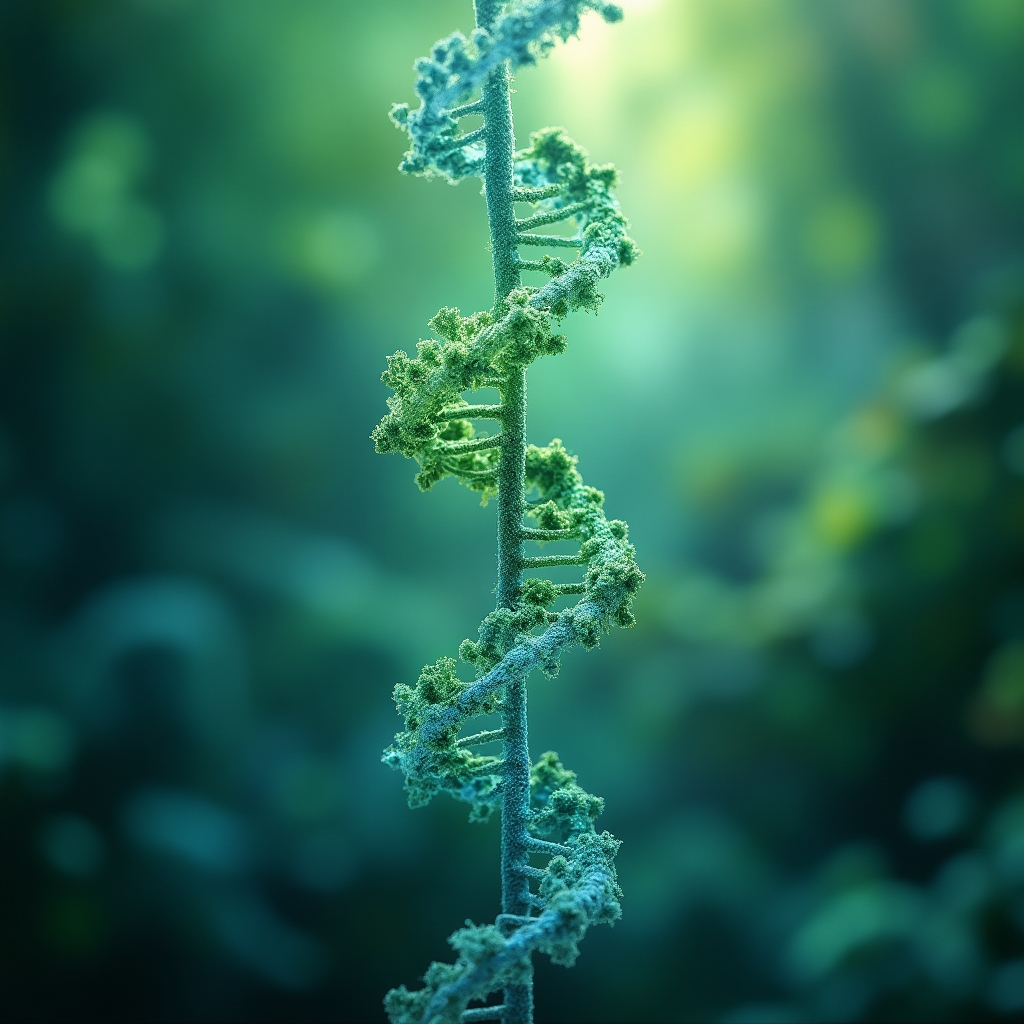Imagine a world where the plastics we use every day simply disappear after use, leaving no trace behind. This dream is inching closer to reality, thanks to an innovative team of scientists at Washington University in St. Louis who have sparked a transformative wave in materials science. Their groundbreaking creation: a new biodegradable plastic that mimics the strength and durability of natural leaves.
iN SUMMARY
- 🌱 Innovative bioplastic developed at Washington University in St. Louis.
- 💪 Utilizes cellulose nanofibers for enhanced strength and functionality.
- 🌡️ Bioplastic degrades at room temperature, preserving environmental resources.
- 📦 Offers game-changing solutions for sustainable packaging industries worldwide.
The heart of this discovery, dubbed "LEAFF," lies in the ingenious use of cellulose nanofibers. These tiny fibrous elements, extracted from plant matter, give the bioplastic its unparalleled strength, allowing it to compete with—and often outperform—traditional petro-based plastics. This marks a significant advance in reducing the environmental footprint of the packaging industry.
The Science Behind LEAFF: Nature Meets Ingenuity
At the core of LEAFF’s performance is its structural design, which takes inspiration directly from the robust, yet delicate architecture of leaves. Just as leaves strike a balance between flexibility and strength to withstand the forces of wind and weather, LEAFF combines lightweight structure with high durability.
But what truly sets this bioplastic apart is its ability to degrade at room temperature. This feature enables it to return to nature gently, without requiring special conditions for decomposition. According to Science Daily, this environmentally friendly trait could render LEAFF an invaluable asset in tackling the global plastic pollution crisis.
Designing the Future: Packaging and Beyond
Consider the impact of using a material that not only satisfies today’s consumer needs but also safeguards future generations. LEAFF’s versatility means it can be used in various industries, particularly in packaging, which accounts for nearly 40% of all plastic waste.
From a functional standpoint, this bioplastic can be printed on and resists both air and water, making it an attractive option for sustainable packaging solutions. Imagine buying products that are not only packaged in an eco-friendly way but also contribute to a cleaner planet.
The Beauty of Biodegradability: No Special Conditions Required
Most biodegradable plastics on the market require industrial composting facilities, often inaccessible to the average consumer. However, LEAFF’s ability to degrade in everyday conditions makes it a low-maintenance option, freeing up additional resources for ecological conservation.
This ease of decomposition aligns with global efforts seen in cities like Toronto and Seattle where waste reduction policies are paramount. The potential for integration with existing waste management systems is significant, simplifying the transition to a more sustainable future.
How LEAFF Stacks Up: A Comparative Look
| Aspect | LEAFF | Traditional Plastics |
|---|---|---|
| Biodegradability | Degrades at room temperature | Not biodegradable |
| Material Strength | High, due to cellulose nanofibers | Varies; generally high |
| Environmental Impact | Minimal; easily integrates back into nature | Significant; persists for centuries |
| Versatility | High; can be printed on, resists air and water | High, but with environmental costs |
Practical Uses and Impact of LEAFF
To put this innovation to the test, think about the vast applications from simple grocery bags to intricate electronic devices. At Washington University in St. Louis, researchers are exploring everything from single-use items to durable goods, with plans for extensive adoption in everyday scenarios.
But what can you really do with a bioplastic that outperforms existing materials? Picture an entire industry that gradually shifts towards completely biodegradable products, offering consumers the satisfaction of choosing not only convenience but also responsibility.
Looking Towards Tomorrow: Making the Shift
The prospect of a world where packaging doesn’t accumulate in landfills or oceans is an exciting one. Embracing LEAFF and similar innovations might just provide the momentum needed to reverse the damage of decades past. Businesses and consumers alike are called upon to reconsider their choices, and take meaningful steps towards a sustainable existence.
Consider checking your own cities' portals for localized initiatives and opportunities for engaging with sustainable practices, like those found in Calgary and London.
Join the Journey Towards a Greener Future
What do you envision the future holds for bioplastics? Could they soon become a staple in every household, replacing less sustainable options? Share your thoughts, questions, and aspirations below and help us shape this crucial conversation.
As you ponder our shared environmental journey, consider becoming a permanent resident, even a citizen, of iNthacity: the "Shining City on the Web". Here, you can like, share, participate in the discussion, and contribute to creating impactful changes.
Here's to a future where every small choice leads to a better and brighter world. Could our newfound love affair with bioplastic be just what the planet ordered?
Disclaimer: This article may contain affiliate links. If you click on these links and make a purchase, we may receive a commission at no additional cost to you. Our recommendations and reviews are always independent and objective, aiming to provide you with the best information and resources.
Get Exclusive Stories, Photos, Art & Offers - Subscribe Today!
























Post Comment
You must be logged in to post a comment.